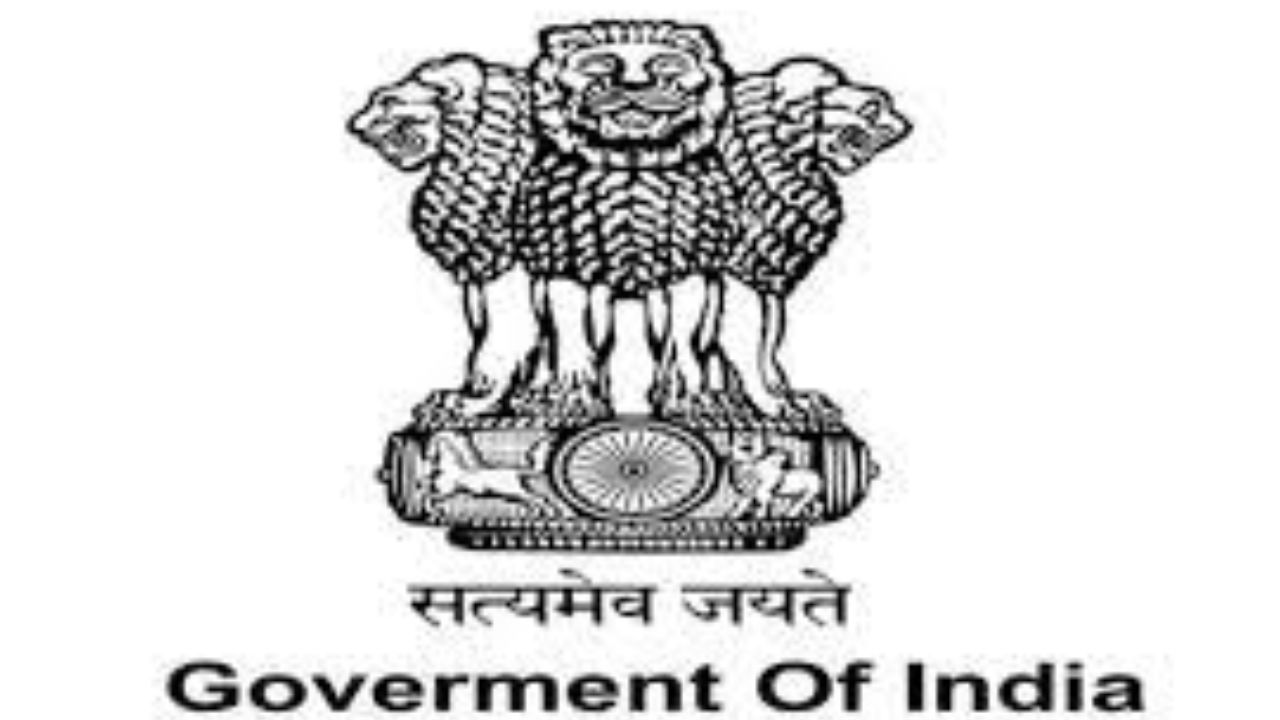Government of India: History, Responsibilities, Works & Parts of GOI
The Government of India also known as the Central union government is the national administrative authority of the Republic of India which has 28 Union states and state union territories.

Introduction of Government of India: The Government of India works in three branches legislative executive and judiciary. It was formed on 26 January 1950 almost 72 years before till now after India became independent.
Responsibilities of the Government of India
- They must manage the distribution of Income
- Need to manage expenses and spending.
- Provide public goods and perform actions to the economy, externalities, and legal social framework.
Branches of the Government of India
Legislature
The legislature is a combination of Rajya Sabha and Lok Sabha, they are two houses of parliament which are the Upper house and the Lower house appointed by the president and elected by the state and other terrestrial legislatures. Members of the legislature used to make laws followed by the people.
Read Also~Celebrities Interview: How to Interview Celebrities & its Benefits – Questions & Answers
Rajya Sabha elected members can be changed once in 6 years, but Lok Sabha members can be changed in a 6-month timeline.
Executive
The executive is the branch of the government of India which is responsible for the separation of different branches of the powers of the government of India and they have to manage daily administration and the system of rules and regulations made by the government.
Judiciary
The judiciary is responsible for explaining the applications of law to the public, maintaining the society to follow rules and regulations made by the legislature of the government.
Also, the role of the judiciary is to determine disputes and protect rights maintaining liberties and ties for all. In the Judiciary there are one Supreme Court 25 high courts and several district courts all under one Supreme Court
Structure of the Government of India
- The Government of India is composed of different power distributions of the constitution, Parliament, Prime Minister, and Supreme Court, respectively.
- The President of India is a head of state and India, also he is the commander in chief of the Indian armed forces.
- The Prime Minister is the head of the executive and responsible for executive operations and the union government of parliament. The government of India is also known as the Union Government Central Government or Bharat Sarkar.
- The state government is the ruler of states, and the Chief Minister is the head of the state.
- Local governments function at a basic level. They are the tertiary level of the government of India. It is divided into panchayats who are heads of the villages responsible for managing various decisions and disputes in rural areas and municipalities in urban areas.
Read Also~Salaar box office collection day 16: Prabhas film Earns over ₹5 cr in India
